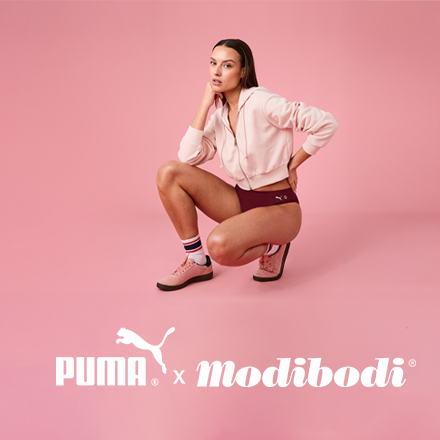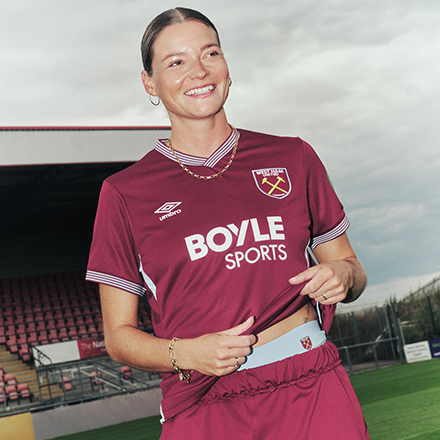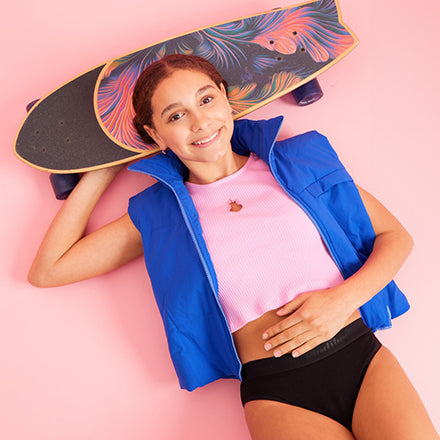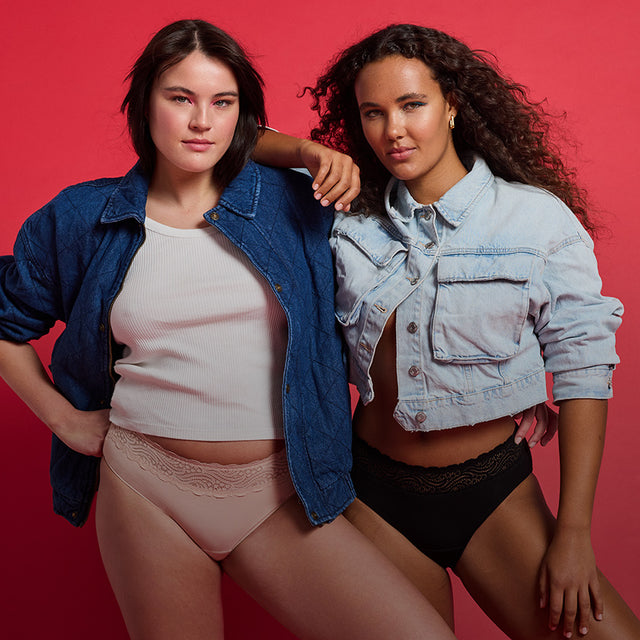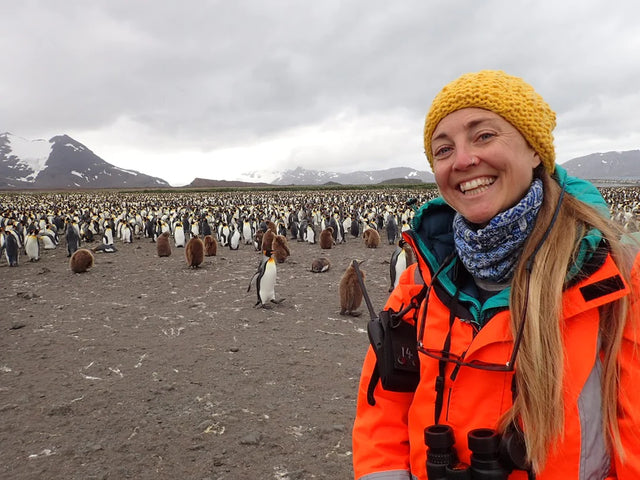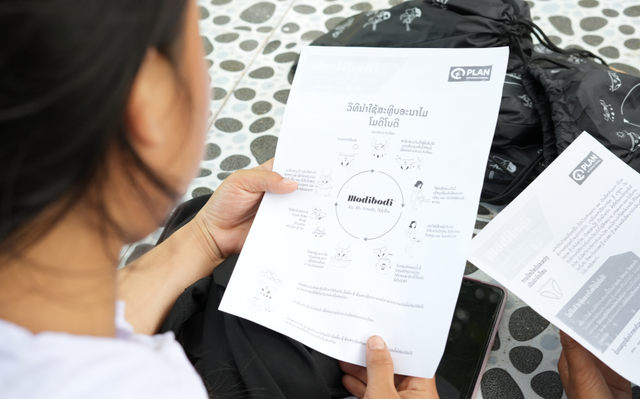Alice is a marine biologist and wildlife guide, with a passion for the natural world and the creatures who inhabit it. As a researcher but also a Divemaster & freediver, she’s a firm believer in the need to communicate the science as well as the intrinsic value of the ocean and what’s beneath the surface.
After completing a Bachelor of Science (Biodiversity & Conservation) and Bachelor of Marine & Antarctic Science (with Honours), she has worked around Australia (her home country) & the world. Her work has taken her to remote islands throughout the Pacific & Indian Oceans – finding plastic inside fish in French Polynesia, discovering the most plastic-polluted beach in the world on Henderson Island (Pitcairn), studying seabirds on Australia’s Lord Howe Island, and blue whales off Sri Lanka. She believes science is useless unless communicated, and with this in mind has worked in wildlife conservation and plastic pollution education for many years.

Alice is not just extremely enthusiastic about wildlife & wild places, but also about sharing that excitement with others and has worked extensively in marine tourism – her favourite thing is watching people fall in love with nature as they snorkel with tiger sharks, kayak with dolphins, see eye-to-eye with humpback whales, or get breathed on by a minke in a Zodiac in Antarctica.
Working in the expedition industry gives her a chance to share animal facts, communicate science, visit incredible places and most importantly, share her love for ocean conservation and everything wild.
Here's Alice to give us some insight and tips on how we can be more sustainable.
"There are more microplastics in the ocean than there are stars in our galaxy!!
Most of this is single-use plastic, so it's used for a few minutes then goes "away". There is no away. Some of it is buried in landfill, a small percentage is recycled, and some of it ends up in our environment or in the sea. It's really thoughtless and destructive design - to use a material that lasts forever (and uses oil, a non-renewable resource), to make something that is designed to be thrown away.
Once plastic ends up in the ocean, it never breaks down, it just fragments into smaller and smaller pieces. These pieces are like little floating sponges for harmful chemicals, so when they're eaten they introduce these chemicals to the food chain. We're a part of this food chain, and people who eat seafood are likely to be ingesting thousands of tiny plastic pieces along with their fish.
"Every action has an impact, and every single person can make a huge positive difference right now. "
Studying plastic pollution can be depressing - learning that plastic in the ocean could outnumber fish; and that everything from coral, to tiny deep sea creatures we haven't even met yet, right up to the biggest whales, everything seems to be eating plastic (and all those pollutants). The positive news is that we have all the solutions we need. The best way to feel empowered and positive about the future is to take action right now and make easy switches - away from single-use disposables, and to reusable.

Alice's Top Three Tips
- Go re-usable; move away from single use items. They can be simple changes such as choosing to use reusable coffee cups or reusable undies - anything that won't go straight into the bin after use.
- Think local; shop local, shop in season foods, go to your farmers markets, get locally made clothes or if that's not an option do clothes swaps with your friends – these things are not only good for your community but also reduces shipping.
- Do your best – it is easy to become overwhelmed or feel pressured when it comes to being more sustainable; the only thing you can do is your best, and just make the best choice at the time.
Thank you for your continuous work Alice! If you want to hear more from her you can check her out here www.aliceforrest.com or on Instagram @aliceforrest


